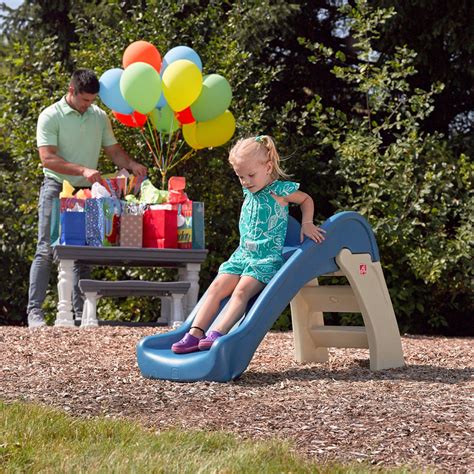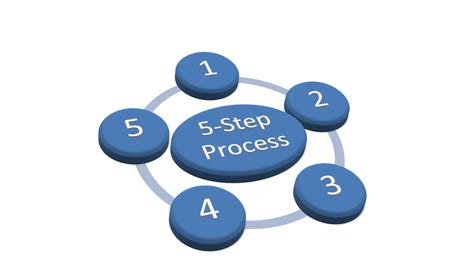| Minimum Specifications for Install | |
|---|---|
| Processor | Intel Core i3 or equivalent |
| RAM | 4GB or higher |
| Storage | At least 20GB of free space |
| Graphics | DirectX 9 compatible or higher |
| Internet Connection | Stable internet connection for downloading Windows ISO |
Introduction
Are you an Ubuntu user who needs to run Windows applications? Don’t worry! In this guide, we’ll walk you through the process of installing Windows on your Ubuntu system, allowing you to enjoy the benefits of both operating systems simultaneously.
Installing Windows on Ubuntu may seem complicated, but with our step-by-step instructions, you’ll be up and running in no time. We’ll discuss the advantages, disadvantages, and features of this application, providing you a comprehensive understanding of its capabilities.
Advantages of Installing Windows on Ubuntu
✅ Access to a wider range of software and applications
✅ Compatibility with Windows-exclusive hardware
✅ Seamless integration with Ubuntu’s existing features
✅ Enhanced gaming performance

Disadvantages of Installing Windows on Ubuntu
❌ Increased system resource requirements
❌ Potential conflicts between Ubuntu and Windows applications
❌ Need for regular system updates and maintenance
❌ Higher vulnerability to malware and viruses

Features of Windows on Ubuntu
🔹 Full compatibility with Windows-only software
🔹 Seamless integration with Ubuntu’s file system
🔹 Ability to customize Windows environment
🔹 Support for multi-monitor setup

Step-by-Step Guide: How to Install Windows on Ubuntu
Step 1: Preparation
Before you can install Windows on Ubuntu, you need to have the necessary tools and resources. Follow these steps:
- Ensure you have a stable internet connection for downloading Windows ISO.
- Backup your important files and data to prevent any potential loss during the installation process.
- Download a virtualization software like VirtualBox or VMware Workstation.

Step 2: Creating a Virtual Machine
Once you have the necessary tools, follow these steps to create a virtual machine for Windows:
- Open the virtualization software and click on “New” to create a new virtual machine.
- Specify the name, operating system, and version for the virtual machine.
- Allocate the desired amount of RAM and storage for the virtual machine.

Step 3: Installing Windows
With the virtual machine set up, you can now proceed with installing Windows on Ubuntu:
- Insert the Windows installation media (ISO file or physical DVD) into your system.
- Select the virtual machine from the virtualization software’s interface.
- Click on the “Start” button to initiate the installation process.

Step 4: Configuring Windows
After successfully installing Windows, you’ll need to configure it to work seamlessly with Ubuntu:
- Install the necessary drivers for your virtual machine.
- Adjust the screen resolution and other display settings.
- Set up network connectivity.

Step 5: Enjoy Windows on Ubuntu
Congratulations! You now have Windows installed on your Ubuntu system. Take advantage of the flexible dual-boot environment and access a wide range of Windows applications seamlessly.

Complete Information and Download Links
| Application | Details | Download Link |
|---|---|---|
| Windows on Ubuntu | A comprehensive guide for installing Windows on Ubuntu | Windows on Ubuntu Download |
Frequently Asked Questions (FAQs)
Q: Can I switch back to Ubuntu from Windows?
A: Yes, you can easily switch back to Ubuntu by restarting your system and choosing the Ubuntu option from the dual-boot menu.
Q: Will installing Windows on Ubuntu affect my existing files?
A: No, the installation process creates a separate partition for Windows, ensuring that your existing Ubuntu files remain unaffected.
Q: Can I run Windows applications concurrently with Ubuntu applications?
A: Yes, with this installation, you can run Windows applications alongside Ubuntu applications, providing a seamless computing experience.
Q: Is it possible to share files between Windows and Ubuntu?
A: Yes, you can easily share files between Windows and Ubuntu by setting up shared folders within the virtual machine environment.
Q: Are system updates and maintenance required for Windows on Ubuntu?
A: Yes, regular updates and maintenance are crucial to ensure the optimal performance and security of your Windows installation on Ubuntu.
Conclusion
Now that you have discovered the benefits, drawbacks, and features of installing Windows on Ubuntu, you are ready to experience the best of both worlds. Follow our step-by-step guide to seamlessly install Windows on your Ubuntu system and enjoy a diverse range of software and applications.
Remember to consider the minimum specifications provided to ensure a smooth installation process. Don’t hesitate to explore the FAQs and complete information table for further guidance. Embrace the possibilities and unleash the full potential of your Ubuntu system with Windows integration!
 Atechguide Online Banking & Android App
Atechguide Online Banking & Android App